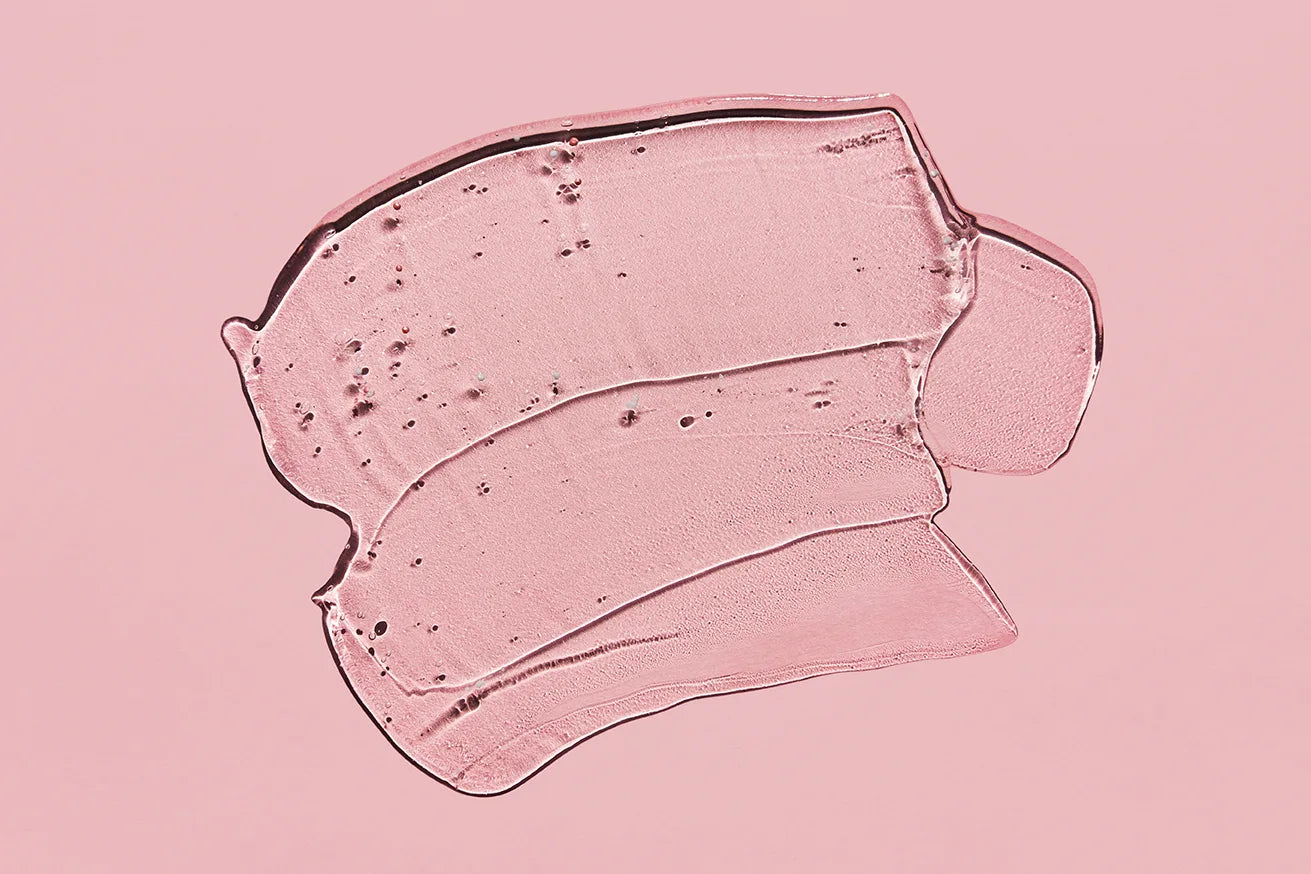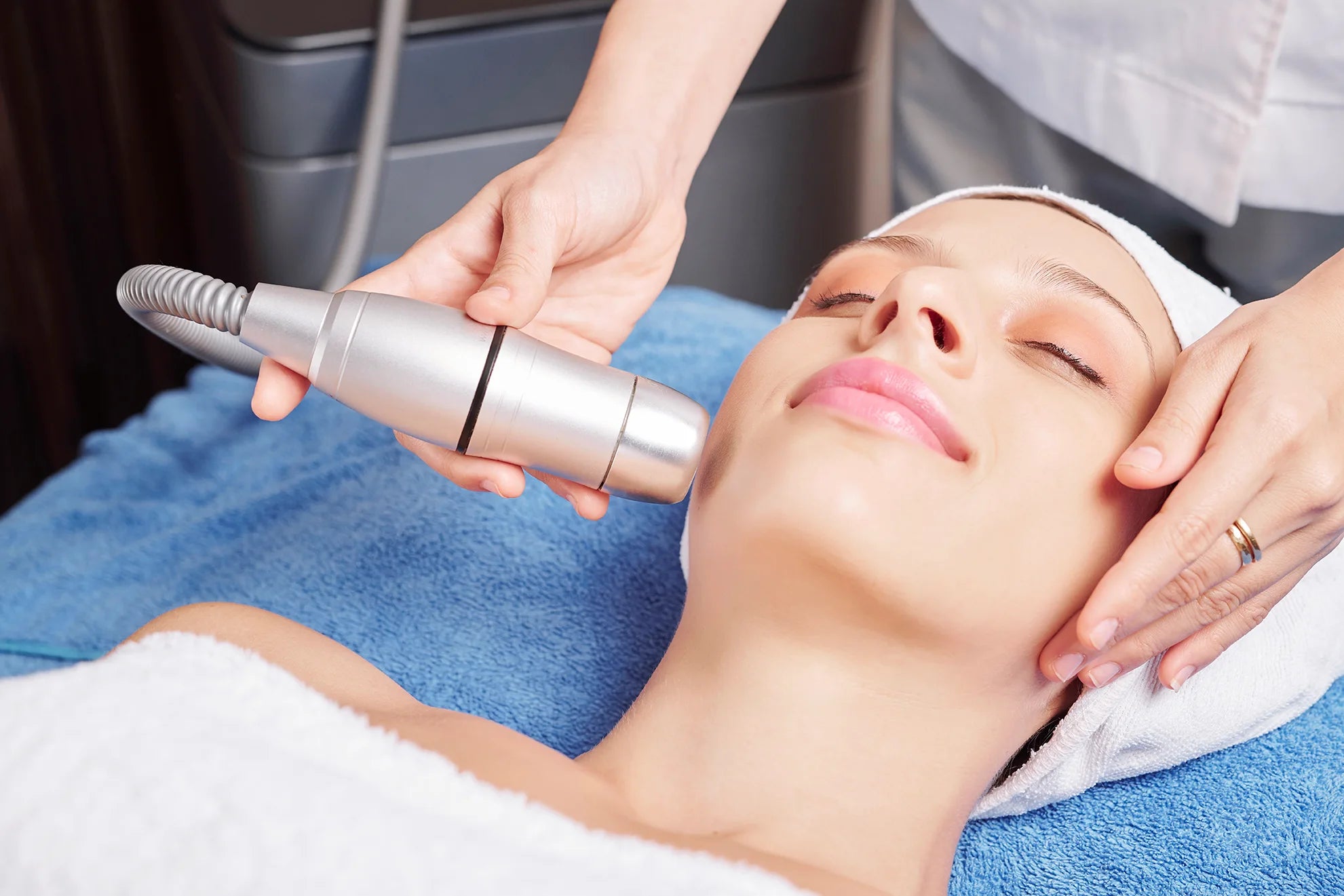- Sodium hyaluronate binds up to six liters of water per gram.
- Extracted through the fermentation of yeast proteins.
- Different types: high molecular weight, low molecular weight, and oligo sodium hyaluronate.
- Used in many cosmetic products for skin hydration and wrinkle reduction.
Sodium hyaluronate is a key substance in modern skin care. It is widely used in both dermatological and cosmetic applications. As the sodium salt of hyaluronic acid, it plays an important role in skin health.
Its ability to bind large amounts of water makes it indispensable in many anti-aging products. The goal is to hydrate the skin and make it appear more youthful.
What is sodium hyaluronate?
Sodium hyaluronate is the sodium salt of hyaluronic acid. This substance occurs naturally in the human body, especially in connective tissue, skin, and joints.
It has the ability to bind large amounts of water—up to six liters per gram. This property is crucial for lubricating the joints and maintaining skin structure.
The sodium salt of hyaluronic acid helps to maintain skin elasticity and firmness by binding water. It protects the skin from drying out by attracting water and storing it in the skin.
It is also an important component of the extracellular matrix in many vertebrates. As a long-chain polysaccharide, it fulfills many important tasks. It binds moisture and serves as a lubricant in our joints. It also performs important structural functions in the brain.
Use in cosmetics
With age, the body produces less sodium hyaluronate. This leads to dry skin and wrinkles. Natural reserves in the body begin to decline as early as the late 20s. This accelerates the skin's aging process.
Cosmetic products such as those from Jolifill with sodium hyaluronate can compensate for this loss. They improve skin moisture. Studies show that regular use of such products makes the skin appear smoother and more youthful.
The substance acts as a filler and has a plumping effect. It fills the skin from within. Sodium hyaluronate is used in many products such as creams, lotions, gels, and serums. It helps to combat the signs of aging. The skin structure improves and moisture retention increases.
Methods of extraction
There are two main methods of extracting sodium hyaluronate. In the past, it was mainly extracted from rooster combs. However, this method increases the risk of allergic reactions.
In the late 1990s, biotechnological extraction became the norm. This involves extracting it from yeast proteins through fermentation. This process is more efficient and safer.
The biotechnologically produced hyaluronic acid is free of animal protein. It minimizes the risk of allergic reactions. For this reason, it is also referred to as “vegetarian hyaluronic acid.”
Different types
There are three main types of sodium hyaluronate.
- High molecular weight sodium hyaluronate has a high molecular mass and forms a film on the skin. This film increases elasticity and moisturizes the skin.
However, this type cannot penetrate the skin barrier. It is quickly washed off again. Therefore, it does not provide a long-term anti-wrinkle effect. - Low molecular weight sodium hyaluronate has a smaller molecular weight. It is better absorbed into the skin and is stored in the connective tissue. This type provides lasting moisture. It makes the skin appear firmer and plumper.
- Oligo-hyaluronic acid has the smallest molecular weight. It offers the deepest penetration and the best anti-wrinkle effects. This type is still relatively new on the market. It is mainly used in exclusive cosmetic products.
Use in skin care products
Sodium hyaluronate is used in many cosmetic products. This includes Jolifill products such as Fillmed M-HA 10 1x 3.0 ml. They moisturize the skin and reduce wrinkles.
Such products offer several benefits for the skin:
- They provide the skin with intense moisture.
- They reduce the appearance of wrinkles.
- They improve the skin's texture and make it appear smoother.
- They are suitable for all skin types, especially dry skin.
Sodium hyaluronate is an essential substance for skin care. It helps to maintain skin moisture and reduces wrinkles.
The different types can be used specifically for different skin needs. Regular use of products containing sodium hyaluronate slows down the skin's aging process. It improves the skin's texture and keeps it looking youthful.

FAQ
What is the difference between hyaluronic acid and sodium hyaluronate?
Hyaluronic acid is the pure form, while sodium hyaluronate is its sodium salt. It is more stable and penetrates the skin better.
How does sodium hyaluronate work in cosmetic products?
It binds water and increases the moisture content of the skin. It helps to reduce wrinkles and improve the skin's texture.
Is sodium hyaluronate suitable for all skin types?
Yes, sodium hyaluronate is suitable for all skin types. It is particularly beneficial for normal to slightly dry skin as it provides intense moisture.
What is sodium hyaluronate?
Sodium hyaluronate is the sodium salt of hyaluronic acid, a substance that occurs naturally in the skin and is known for its moisturizing properties. It is often used in skin care products to keep the skin supple and hydrated.
b





